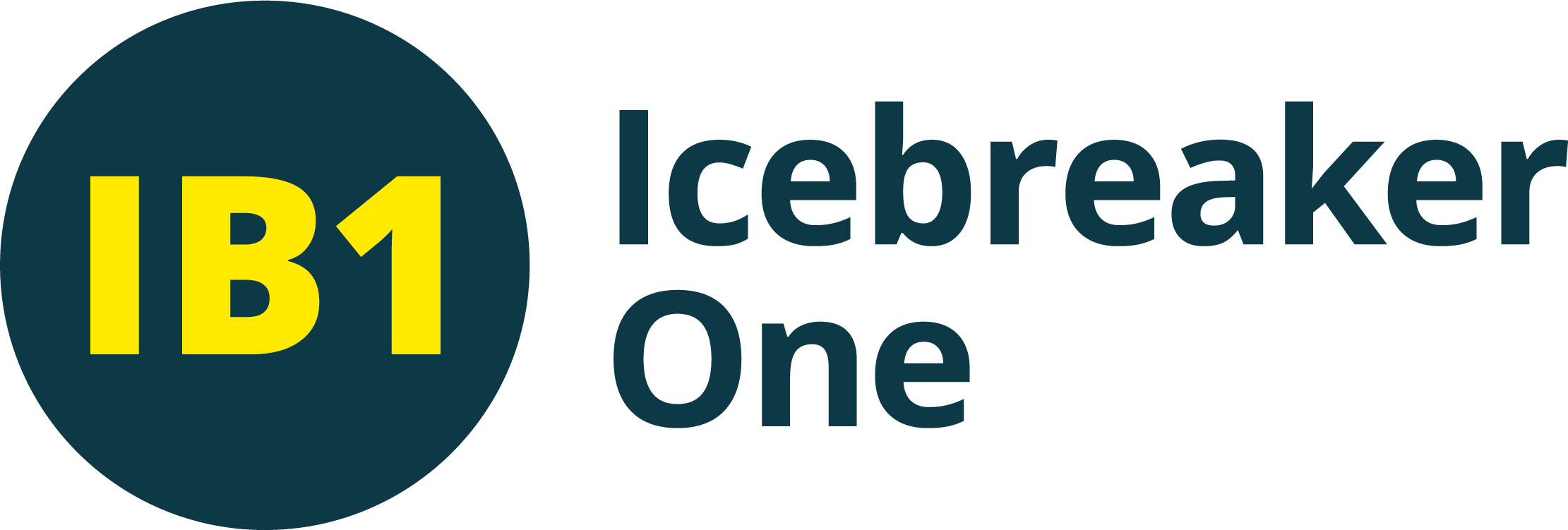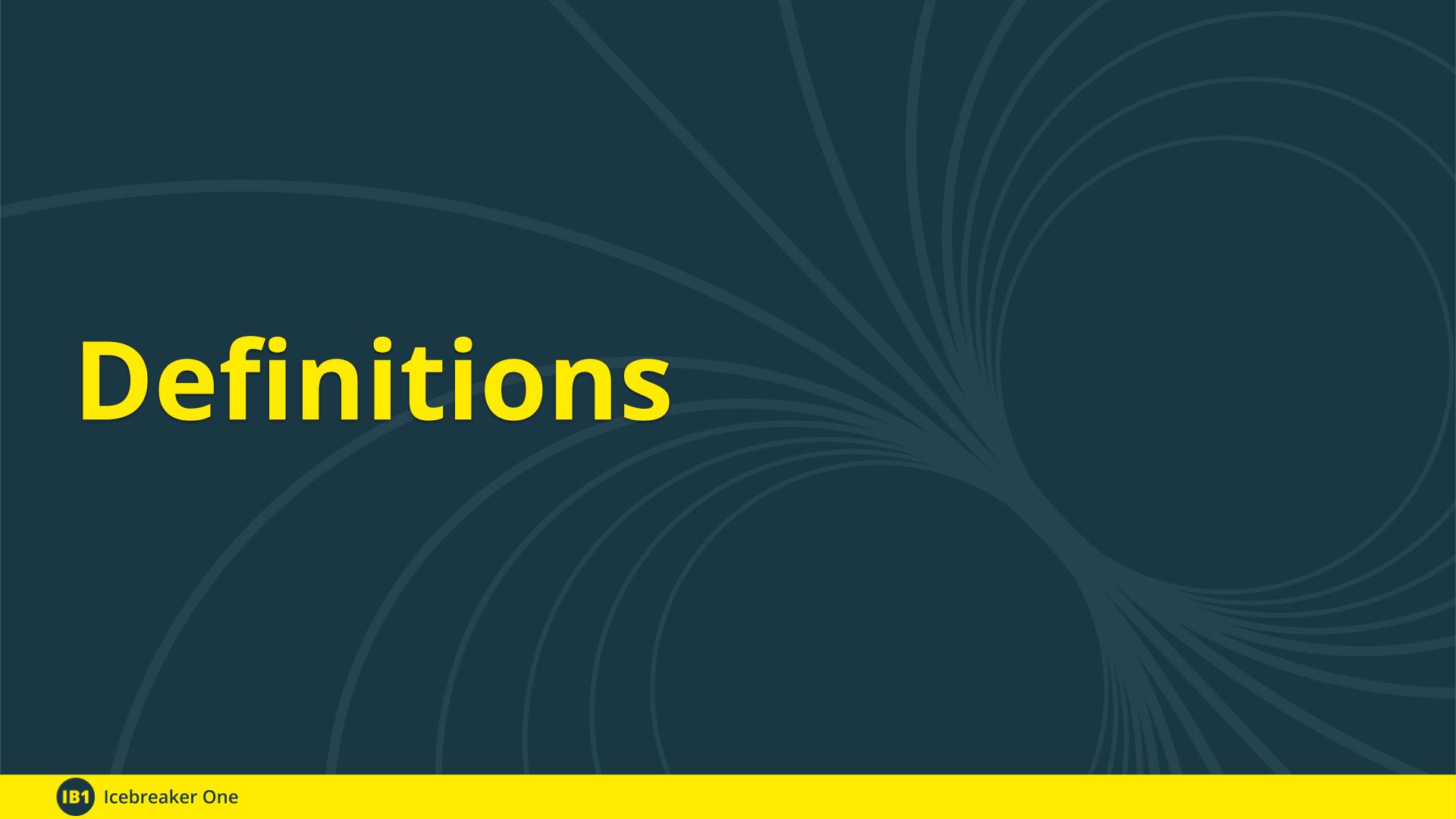A use case describes a specific situation, or set of circumstances, in which a product or service can be used. Use cases must include descriptions of the following key components:
- Problem statement: a short, clear overview of the issue or challenge that stakeholders are facing and which the use case will address.
- User needs statement(s): User needs statements are actionable statements which summarise who a particular user (or user group) is, what their needs are, and why the needs are important to that user. User needs statements should be based on evidence not assumptions (e.g. backed up by stakeholder interviews, co-creative process to design the statement, etc.) User needs statements must be clearly linked to the problem statement.
- Actors and stakeholders: individuals or groups who interact with the product/service. Icebreaker One recommends categorising these into: primary actors (main actor(s) delivering the use case and lead users or user groups), secondary actors (other stakeholders involved in delivering the use case and other potential user types), and wider stakeholders (broader sets of actors that are involved in, benefit from, or are otherwise impacted by, the use case).
- Goal: the objective that the use case seeks to achieve.
- Impact(s): the envisaged impact(s) that the use case will generate (e.g. reducing time from request to grid connection by 20%, or unlocking £1 billion of investment in technology to increase water network efficiency).
Use cases are prioritised based on their impact.

